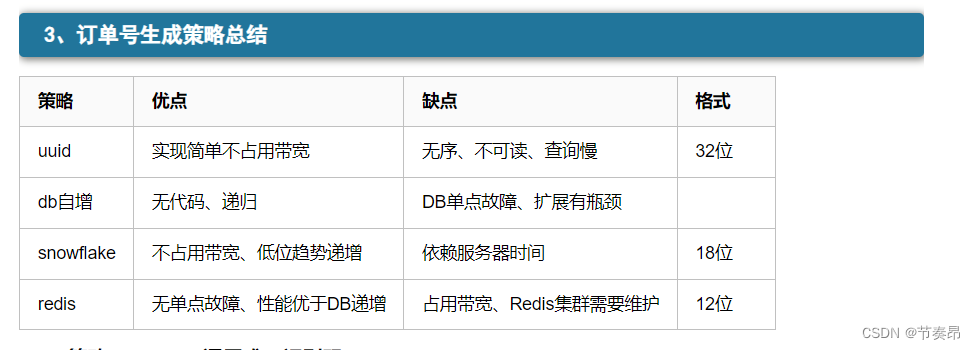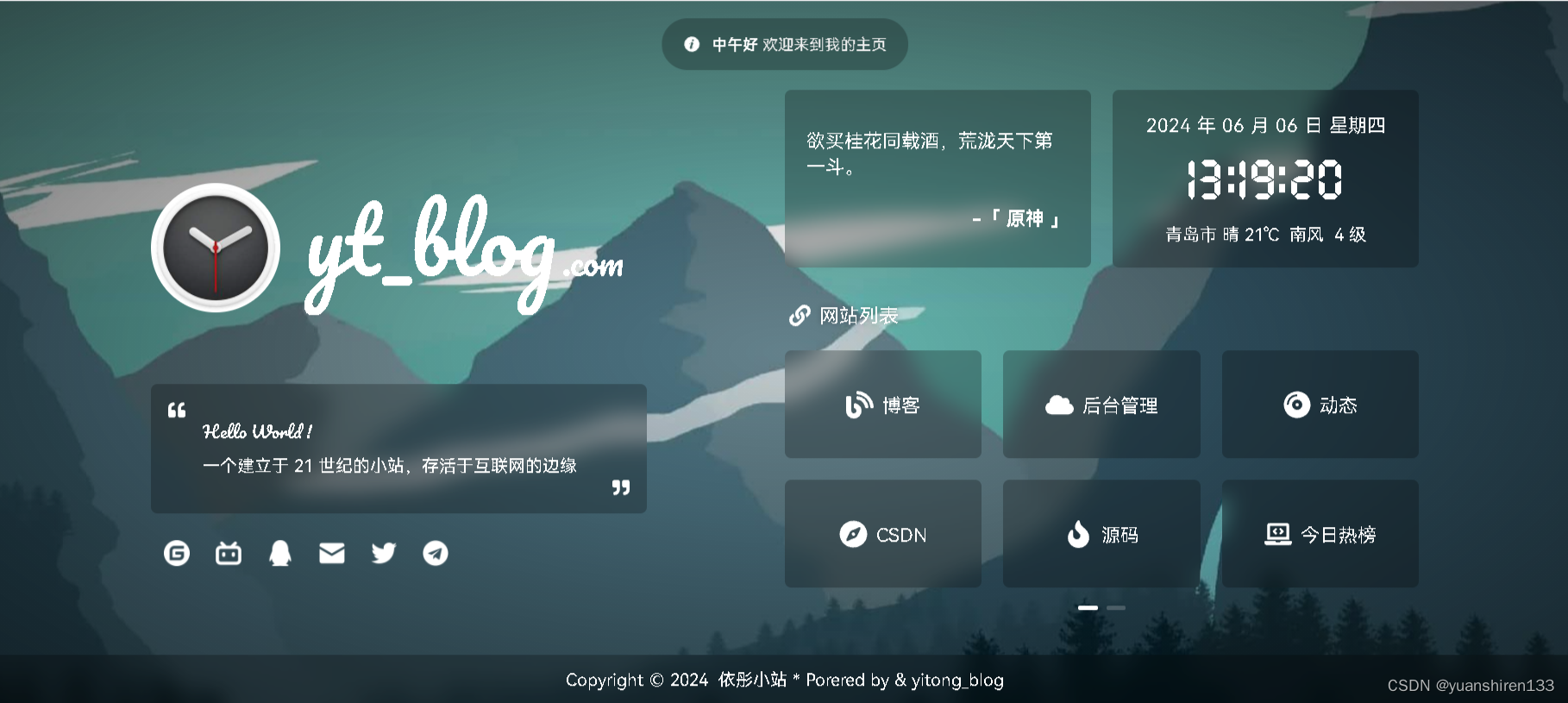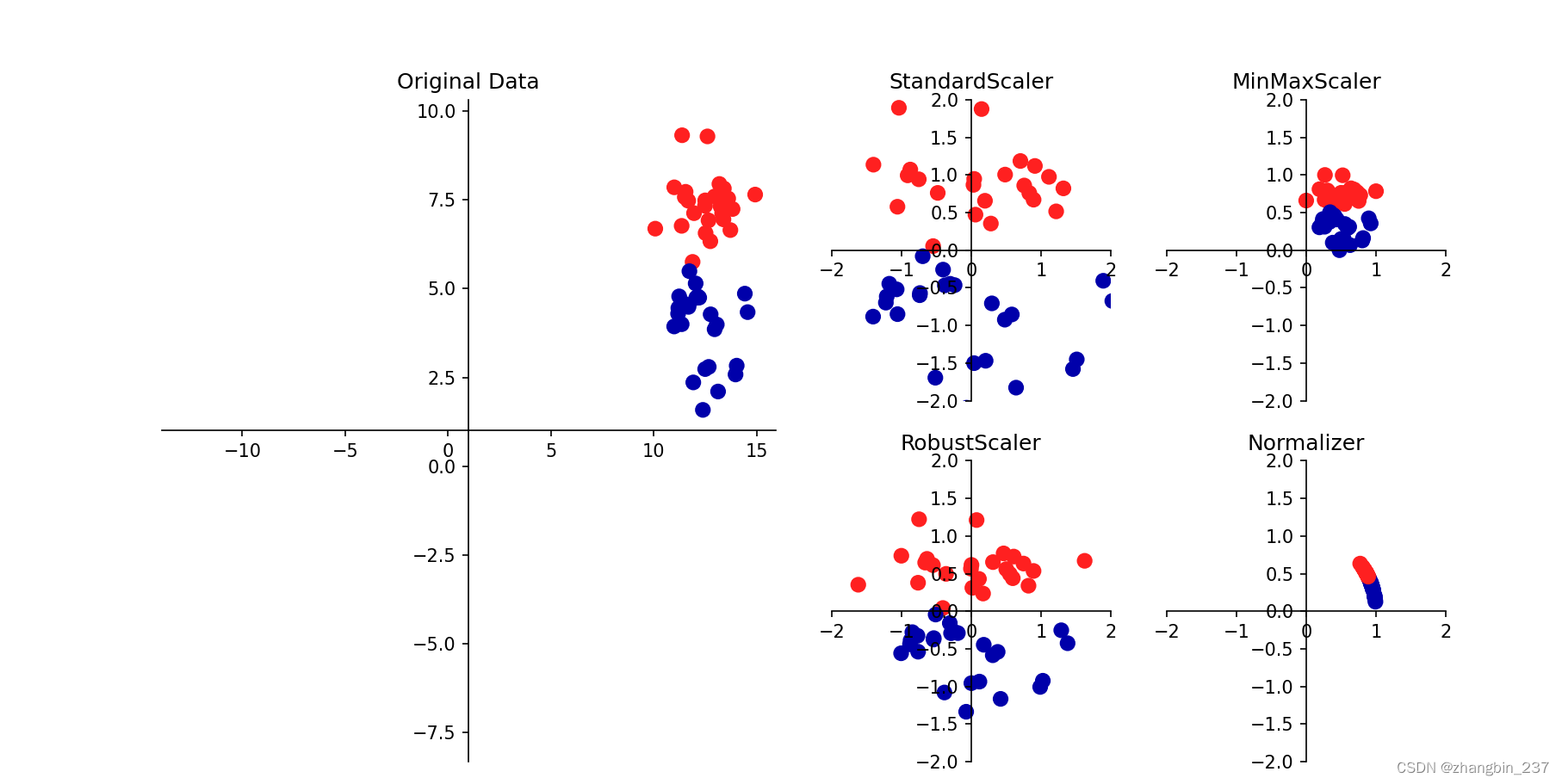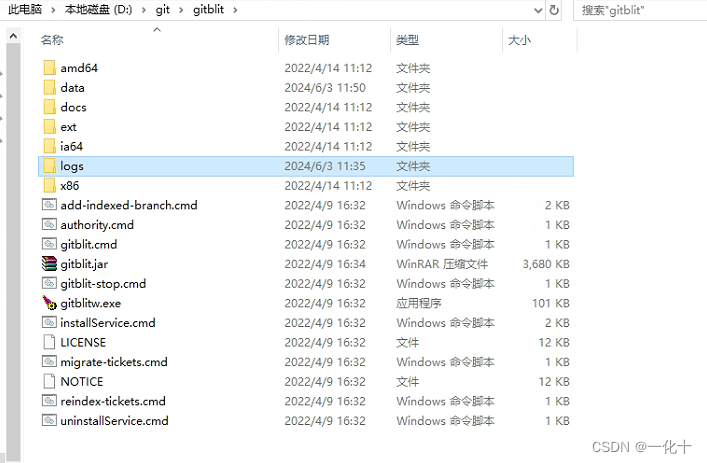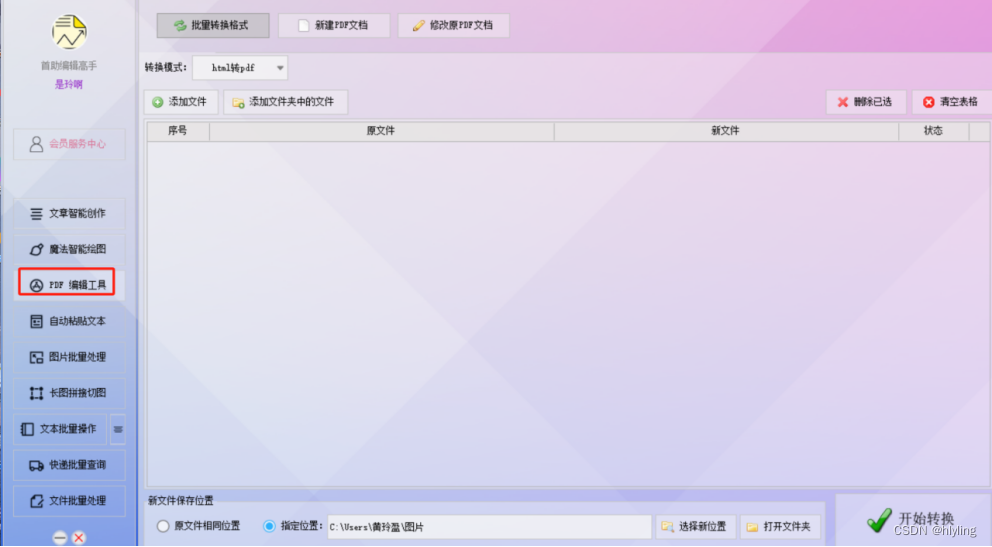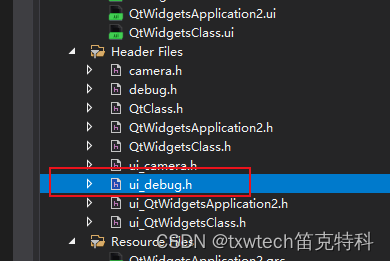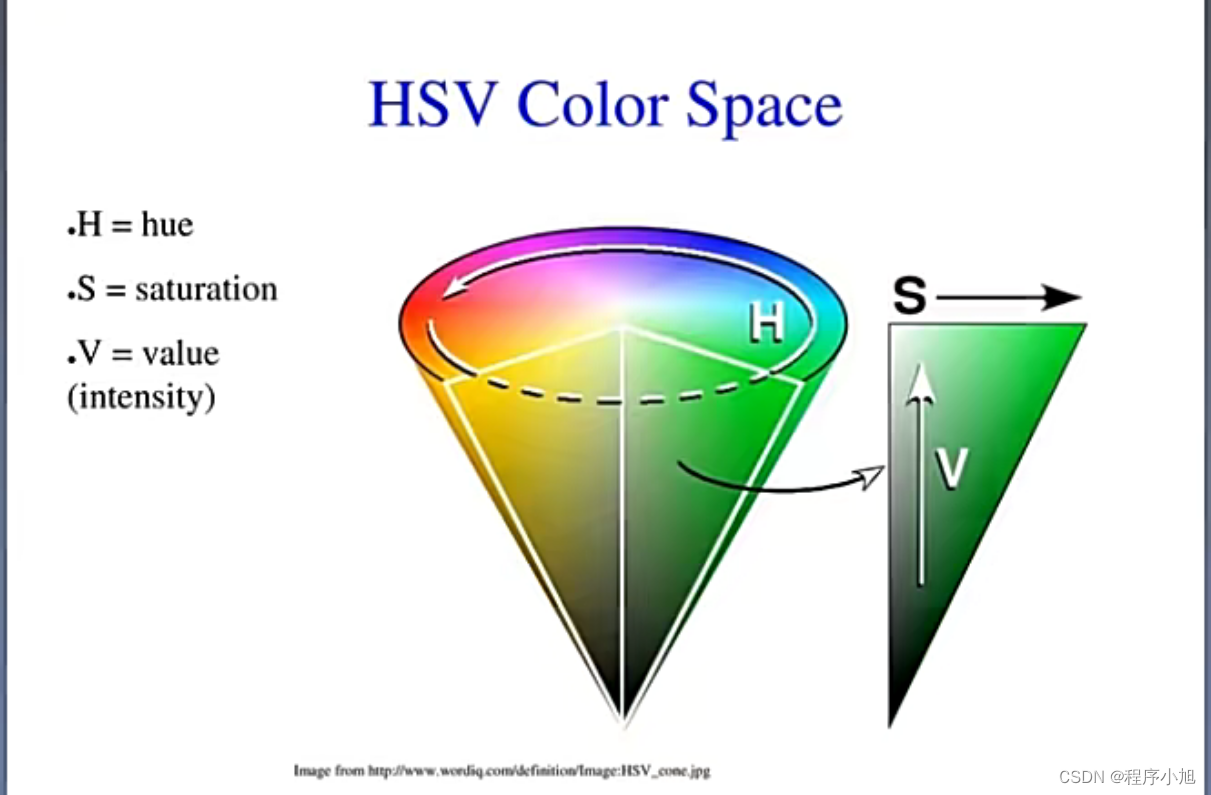General API Questions for Full Stack Developer
General API Questions
What is an API?
- An API (Application Programming Interface) is a set of rules that allows different software applications to communicate with each other. It defines the methods and data formats that applications can use to request and exchange information.
What is REST?
- REST (Representational State Transfer) is an architectural style for designing networked applications. It relies on stateless, client-server communication, and uses standard HTTP methods such as GET, POST, PUT, DELETE to perform operations.
What are the HTTP methods commonly used in RESTful APIs?
- GET: Retrieve data from the server.
- POST: Send data to the server to create a new resource.
- PUT: Update an existing resource on the server.
- DELETE: Remove a resource from the server.
What is a RESTful API?
- A RESTful API adheres to the principles of REST and allows clients to interact with a web service by using standard HTTP methods and URIs to perform CRUD (Create, Read, Update, Delete) operations.
What is a SOAP API?
- SOAP (Simple Object Access Protocol) is a protocol for exchanging structured information in web services using XML. It defines a strict set of rules for message formatting and processing.
Authentication and Security
What is OAuth?
- OAuth (Open Authorization) is an open standard for token-based authentication and authorization. It allows third-party services to exchange tokens on behalf of the user, without exposing user credentials.
What is JWT?
- JWT (JSON Web Token) is a compact, URL-safe means of representing claims to be transferred between two parties. It is commonly used for authentication and information exchange in a secure manner.
How do you secure an API?
- Use HTTPS to encrypt data in transit.
- Implement authentication and authorization mechanisms (e.g., OAuth, JWT).
- Validate and sanitize input data to prevent SQL injection and other attacks.
- Rate limit API requests to prevent abuse.
- Use API gateways and firewalls.
API Design and Development
What is CORS?
- CORS (Cross-Origin Resource Sharing) is a security feature implemented by browsers that restricts web pages from making requests to a different domain than the one that served the web page. Servers can include CORS headers in responses to indicate whether cross-origin requests are allowed.
What is versioning in APIs, and why is it important?
- Versioning allows developers to make changes to an API without breaking existing clients. It is important to maintain backward compatibility and ensure that clients can rely on a stable API interface.
How can you version an API?
- Through the URL path (e.g.,
/api/v1/resource)
- Using query parameters (e.g.,
/api/resource?version=1)
- In the request header (e.g.,
Accept: application/vnd.myapi.v1+json)
What are webhooks?
- Webhooks are user-defined HTTP callbacks that are triggered by specific events. They allow one system to send real-time data to another system when an event occurs.
Tools and Best Practices
What are some popular tools for testing APIs?
- Postman, Insomnia, Swagger, and curl.
What is Swagger?
- Swagger (now part of the OpenAPI Initiative) is a set of tools for designing, building, documenting, and consuming RESTful web services. It uses a standard format (OpenAPI Specification) to describe APIs.
What is API documentation, and why is it important?
- API documentation provides details on how to use an API, including endpoints, request/response formats, authentication methods, and examples. It is important because it helps developers understand and effectively use the API.
Advanced Topics
What is GraphQL?
- GraphQL is a query language for APIs and a runtime for executing those queries. It allows clients to request exactly the data they need and nothing more, making it more efficient and flexible than traditional REST APIs.
What is an idempotent operation, and why is it important in APIs?
- An idempotent operation is one that produces the same result regardless of how many times it is performed. In APIs, idempotent methods (like GET, PUT, DELETE) ensure reliability and predictability in the face of network retries and failures.
What is HATEOAS?
- HATEOAS (Hypermedia As The Engine Of Application State) is a constraint of REST that implies that a client interacts with the application entirely through hypermedia provided dynamically by application servers. This allows clients to navigate the API dynamically by following links.
原文地址:https://blog.csdn.net/weixin_44929577/article/details/139501340
本文来自互联网用户投稿,该文观点仅代表作者本人,不代表本站立场。
本站仅提供信息存储空间服务,不拥有所有权,不承担相关法律责任。
如若转载,请注明出处:https://www.suanlizi.com/kf/1798635451079331840.html
如若内容造成侵权/违法违规/事实不符,请联系《酸梨子》网邮箱:1419361763@qq.com进行投诉反馈,一经查实,立即删除!























